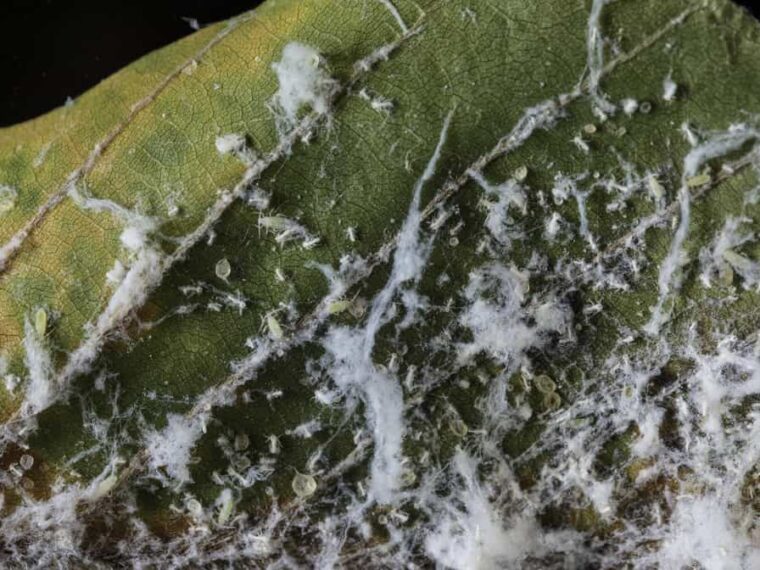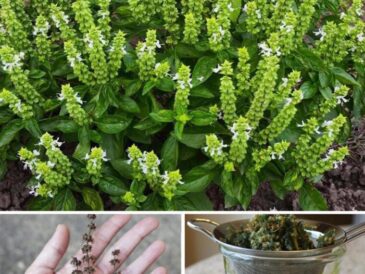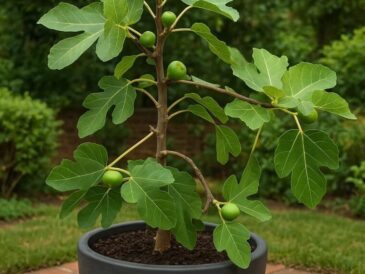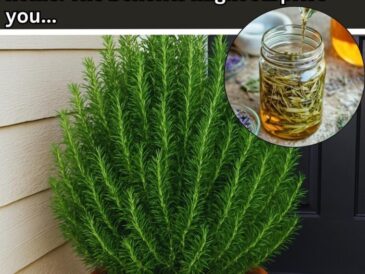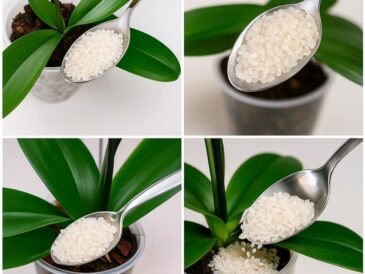Common Plant Diseases and How You Can Treat Them
Your plants are like living companions—they need care, attention, and protection. Unfortunately, plant diseases can creep in and affect just about any part of your green friends, from leaves and stems to flowers and roots.
Whether you’re growing veggies, flowers, or houseplants, it’s helpful to know what to look out for. Below, you’ll find ten common plant diseases you’re likely to face, along with practical tips to treat or prevent them.
1. Powdery Mildew
What it looks like: White or gray powder on leaves—almost like someone dusted your plant with flour.
This is one of the most widespread plant issues. It tends to show up on everything from roses to zucchinis. It starts small but can spread quickly and coat entire leaves.
What you can do:
- Water early in the day so your plants dry before nightfall.
- Avoid getting leaves too damp—mildew loves moisture.
- Already have it? Try spraying a mix of water and dish soap or use a garden-safe fungicide.
2. Fusarium Wilt
Main targets: Tomatoes, peppers, eggplants.
When your plant starts wilting, yellowing, and dying for no clear reason, you could be dealing with Fusarium wilt. It attacks the plant from the inside, starting in the roots.
Your plan of action:
- Choose disease-resistant varieties when planting.
- Once a plant is infected, pull it up and dispose of it—there’s no cure.
- Don’t compost infected plants; it can spread the disease further.
3. Bacterial Leaf Spot
Who it affects: Cabbage family veggies like broccoli, cauliflower, and Brussels sprouts.
This disease shows up as tiny brown or black spots on the leaves. If ignored, it can quickly spread to the whole plant and even others nearby.
How to fight back:
- Pick disease-resistant varieties.
- Use a bactericide spray if spots appear.
- Cut off affected leaves to keep the infection from spreading.
4. Damping-Off
Problem for: Young seedlings, right after they sprout.
If your baby plants suddenly wilt and die days after sprouting, you might be dealing with damping-off. It’s caused by soilborne fungi and often shows no signs until it’s too late.
Prevention is key:
- Always use clean, sterile potting mix.
- Keep the growing area well-ventilated and not too moist.
- Infected seedlings usually don’t survive, so remove them quickly to protect the rest.
5. Leaf Roll
Main suspect: Tomato plants.
Leaves curling inward? Turning yellow? Leaf roll might be the issue. This virus often comes from aphids feeding on your plants.
Steps you can take:
- Control aphids using insecticidal soap or neem oil.
- If leaf roll sets in, pull and dispose of the infected plant.
- Note: Some leaf curling is stress-related and harmless, so look for other symptoms too.
6. Blossom-End Rot
Seen in: Tomatoes, peppers, eggplants.
This one’s easy to spot—it causes dark, sunken patches at the bottom (blossom end) of the fruit. It looks like rot, but it’s actually caused by a calcium imbalance.
How to avoid it:
- Add calcium to the soil before planting (gypsum or calcium sprays work well).
- Keep soil moisture consistent.
- Affected fruits won’t recover, so remove them and treat the soil for future ones.
7. Black Spot
Rose lovers, take note.
If you see black circular spots on rose leaves or stems, this fungal disease may be to blame. It thrives in damp conditions and can spread quickly through a garden.
Control tips:
- Water at the base of your roses—keep the leaves dry.
- Try a DIY spray: Mix water, dish soap, and a bit of baking soda.
- Remove infected leaves and dispose of them—don’t compost them.
8. Rust
What to watch for: Small orange, yellow, or brown spots on leaves.
Rust is another fungal infection that affects a wide range of plants, including beans, daylilies, and snapdragons.
Fight it with:
- Regularly removing and destroying infected leaves.
- Using a garden fungicide if it gets widespread.
- Improving airflow around plants by not crowding them.
9. Root Rot
Caused by: Overwatering and poorly drained soil.
Root rot can be a silent killer. You often won’t know there’s a problem until the plant wilts or stops growing, even though the soil seems wet.
Stop it early:
- Make sure your containers and garden beds have good drainage.
- Water only when the soil feels dry to the touch.
- If rot sets in, remove the plant, cut away the rotted roots, and repot in fresh soil.
10. Anthracnose
Common on: Beans, cucumbers, melons, and trees.
Anthracnose shows up as dark, sunken spots on leaves, fruits, or stems. It spreads fast in wet conditions.
Handle it like this:
- Clean up fallen leaves or infected plant debris.
- Avoid overhead watering.
- Apply a copper-based fungicide if necessary.
Keep Your Plants Healthy: A Few Extra Tips
Want fewer plant problems in the future? Here are some general care practices that can keep diseases at bay:
- Rotate crops in your garden each year.
- Keep tools clean to avoid spreading pathogens.
- Space your plants properly for good airflow.
- Use mulch to reduce splashing soil (which spreads disease).
- Inspect regularly—catch issues early before they spread.
Don’t Let Disease Win
Every gardener runs into plant diseases at some point—it’s part of the process. But with the right knowledge, you can protect your plants and handle problems before they take over.
Keep this guide handy as you grow your garden. A few simple actions can go a long way toward keeping your plants thriving, healthy, and beautiful.
Ready to Level Up Your Garden?
If you found this guide helpful, share it with fellow plant lovers or save it for your next planting season. And don’t forget to check out more plant care tips and solutions to help your garden stay strong and disease-free all year round.
Grow smarter. Garden happier.
